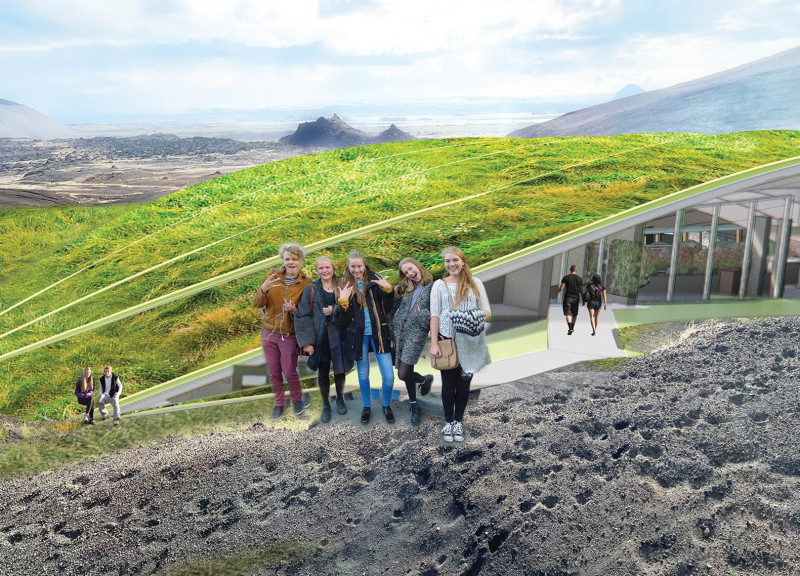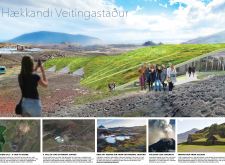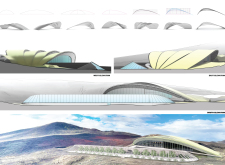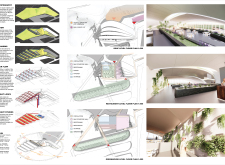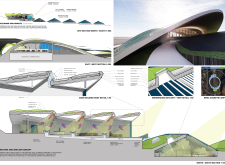5 key facts about this project
The building itself operates as a multi-functional space designed to accommodate a diverse range of activities. With an emphasis on [insert specific functions, such as residential living, public gathering, or commercial use], it is structured to support various user needs while promoting interaction among occupants. The layout is organized to foster collaboration and communication, with open spaces that invite movement and dialogue.
Key design elements of the project include its overall form and spatial organization. The architecture features [describe the overall shape and design motifs, such as geometric forms or fluid lines], which not only adds to its visual character but also informs the interior experience. The thoughtful arrangement of spaces ensures that natural light permeates the interior, contributing to a lively and inviting atmosphere. Large windows and various openings create visual connections to the outside, allowing occupants to appreciate the surrounding landscape and reinforcing the relationship between the built environment and nature.
Materiality plays a crucial role in the design, reflecting the project's commitment to sustainable practices and contextual relevance. The selection of concrete as a primary material serves not only to support the structural integrity of the building but also to create a tactile interface that resonates with the local context. Wood elements introduce warmth to the spaces, making them more inviting and comfortable for users. Glass is extensively used to enhance the transparency of the building, blurring the lines between indoors and outdoors, while metal accents provide a modern touch that balances the organic qualities of the other materials.
One of the noteworthy aspects of this architectural project is its approach to sustainability. The design incorporates [explain any sustainable features like green roofs, rainwater harvesting, or energy-efficient systems] that align with contemporary practices in architecture and building design. These features not only reduce the environmental impact of the structure but also promote a healthier living environment for its inhabitants. The emphasis on energy efficiency reflects a growing trend in modern architecture that seeks to minimize resource consumption while maximizing comfort and usability.
Moreover, the unique design ideas manifest in the integration of community-centric features. Outdoor spaces and communal areas are meticulously designed to foster social interactions, encouraging inhabitants to engage and collaborate. The project emphasizes the importance of community by incorporating elements such as parks, gardens, or gathering areas that serve as focal points for socialization and connection.
As readers reflect on this architectural project, it becomes evident that the design embodies principles that extend beyond mere aesthetics. It addresses functionality, sustainability, and community engagement in a cohesive manner that enriches the user experience. To delve deeper into the intricacies of this project, exploring the architectural plans, sections, and details will provide further insights into the thought processes and design strategies employed. By examining these elements, one can appreciate the comprehensive approach taken by the design team and the resulting impact on both occupants and the surrounding community.


